.9 Nd Filter How Many Stops ?
A .9 ND filter typically reduces the amount of light entering the camera by 3 stops.
1、 Definition and Purpose of a .9 ND Filter
A .9 ND filter, also known as a 3-stop ND filter, reduces the amount of light entering the camera by three stops. In photography, a stop refers to a doubling or halving of the amount of light. Therefore, a .9 ND filter reduces the light by a factor of eight (2^3=8).
The purpose of using a .9 ND filter is to achieve certain creative effects in photography. By reducing the amount of light, it allows photographers to use slower shutter speeds or wider apertures in bright conditions. This can be particularly useful in situations where the available light is too intense, such as when shooting in bright sunlight or capturing long-exposure shots during the day.
The .9 ND filter is commonly used in landscape photography to create motion blur effects in waterfalls or rivers, as well as to capture the movement of clouds. It can also be used in portrait photography to achieve a shallow depth of field in bright outdoor settings.
It is important to note that the use of ND filters has evolved with advancements in camera technology. With the increasing sensitivity of modern digital cameras, the need for ND filters may not be as prevalent as it once was. However, they still remain a valuable tool for photographers who want to have more control over their exposure settings and achieve specific creative effects.
In conclusion, a .9 ND filter reduces the amount of light entering the camera by three stops, allowing photographers to have more control over their exposure settings and achieve creative effects in various types of photography.
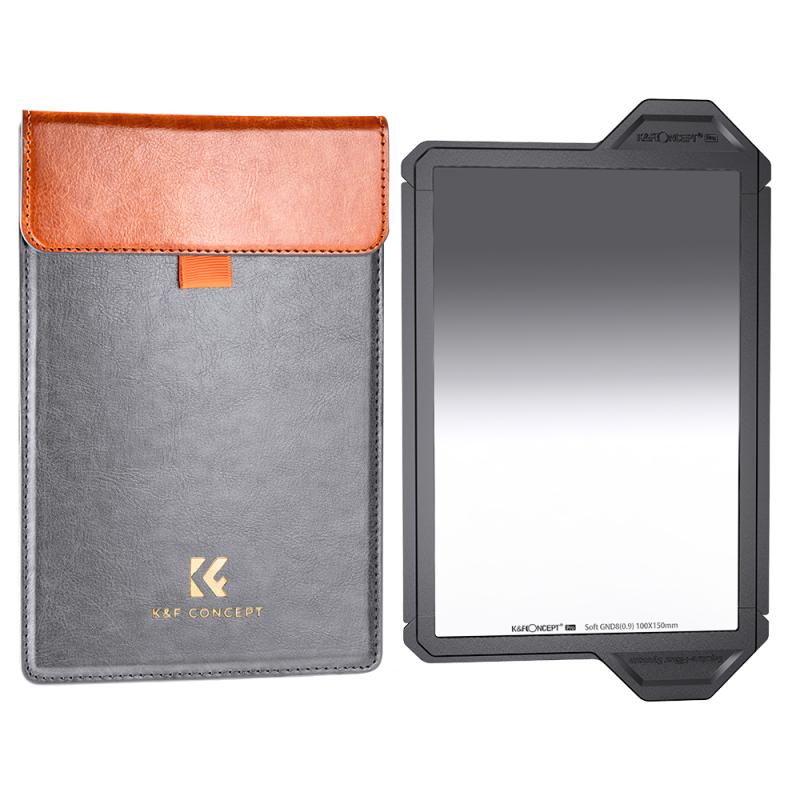
2、 Stops and Exposure Reduction with a .9 ND Filter
A .9 ND filter, also known as a 3-stop ND filter, reduces the amount of light entering the camera by three stops. This means that it allows only 12.5% of the original light to pass through the lens.
The purpose of using an ND filter is to achieve a longer exposure time or to use a wider aperture in bright lighting conditions. By reducing the amount of light, it helps to balance the exposure and prevent overexposure in situations where the available light is too intense.
In terms of stops, each stop represents a doubling or halving of the amount of light. So, a 3-stop ND filter reduces the light by a factor of 2^3, which is 8. This means that with a .9 ND filter, you can achieve an exposure that is eight times longer than without the filter.
For example, if you were shooting a scene without the ND filter and the correct exposure was 1/100th of a second, with the .9 ND filter, you would need to use a shutter speed of 1/800th of a second to achieve the same exposure. This longer exposure time can be useful in various photography scenarios, such as capturing motion blur in waterfalls or creating smooth, dreamy effects in landscapes.
It's important to note that the use of ND filters is subjective and depends on the specific shooting conditions and desired creative effect. Additionally, advancements in camera technology, such as improved dynamic range and high ISO performance, may influence the need for using ND filters in certain situations.
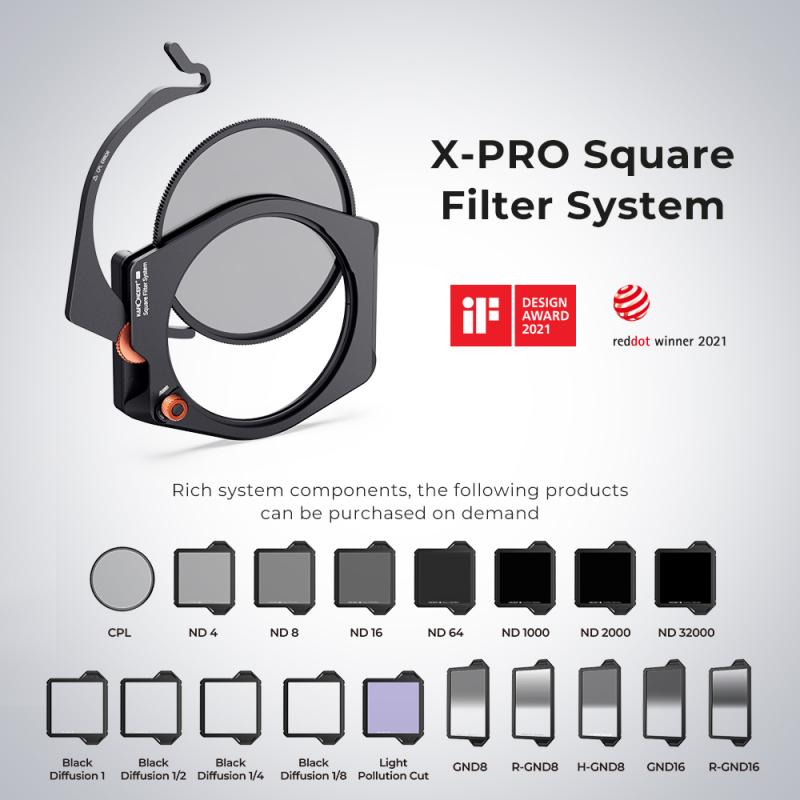
3、 Impact on Shutter Speed with a .9 ND Filter
A .9 ND filter, also known as a 3-stop ND filter, reduces the amount of light entering the camera by three stops. This means that it allows only 12.5% of the original light to pass through the lens.
To understand the impact of a .9 ND filter on shutter speed, we need to consider how it affects exposure. Shutter speed is one of the three elements of the exposure triangle, along with aperture and ISO. When using a .9 ND filter, the amount of light reaching the camera's sensor is significantly reduced, requiring a longer exposure time to achieve a properly exposed image.
For example, if you were shooting a scene without the ND filter and the correct exposure required a shutter speed of 1/100th of a second, with the .9 ND filter in place, you would need to increase the shutter speed to 1/12.5th of a second to maintain the same exposure. This longer exposure time allows the sensor to gather enough light to create a well-exposed image.
The use of a .9 ND filter can be beneficial in various photography scenarios. It allows for longer exposures, which can be useful in capturing motion blur in subjects such as waterfalls or moving vehicles. It also enables the use of wider apertures in bright conditions, allowing for shallow depth of field and creative control over the focus.
It's important to note that the impact on shutter speed may vary depending on the specific lighting conditions and the desired effect. Additionally, advancements in camera technology, such as improved low-light performance and image stabilization, can influence the need for longer exposures when using ND filters.
In conclusion, a .9 ND filter reduces the amount of light entering the camera by three stops, requiring longer shutter speeds to achieve proper exposure. Its use can enhance creative possibilities in photography, particularly in situations where longer exposures or wider apertures are desired.

4、 Aperture and Depth of Field with a .9 ND Filter
A .9 ND filter, also known as a 3-stop ND filter, reduces the amount of light entering the camera by three stops. This means that it allows only 12.5% of the original light to pass through the lens.
In photography, a stop refers to a doubling or halving of the amount of light. So, a 3-stop ND filter reduces the light by a factor of 2^3, which is 8. This reduction in light allows for longer exposure times or wider apertures to be used in bright conditions, without overexposing the image.
When using a .9 ND filter, the aperture and depth of field are affected. The wider aperture that can be used with the filter allows for a shallower depth of field, resulting in a more pronounced background blur and subject isolation. This can be particularly useful in portrait photography, where the subject is separated from the background.
Additionally, the longer exposure times made possible by the ND filter can create interesting effects, such as motion blur in moving subjects or silky smooth water in landscapes.
It's important to note that the specific effect of a .9 ND filter on aperture and depth of field will depend on the initial settings of the camera and the desired outcome. Experimentation and adjusting the settings accordingly will help achieve the desired creative effect.
In conclusion, a .9 ND filter reduces the amount of light entering the camera by three stops, allowing for wider apertures and longer exposure times. This can result in a shallower depth of field and creative effects in photography.
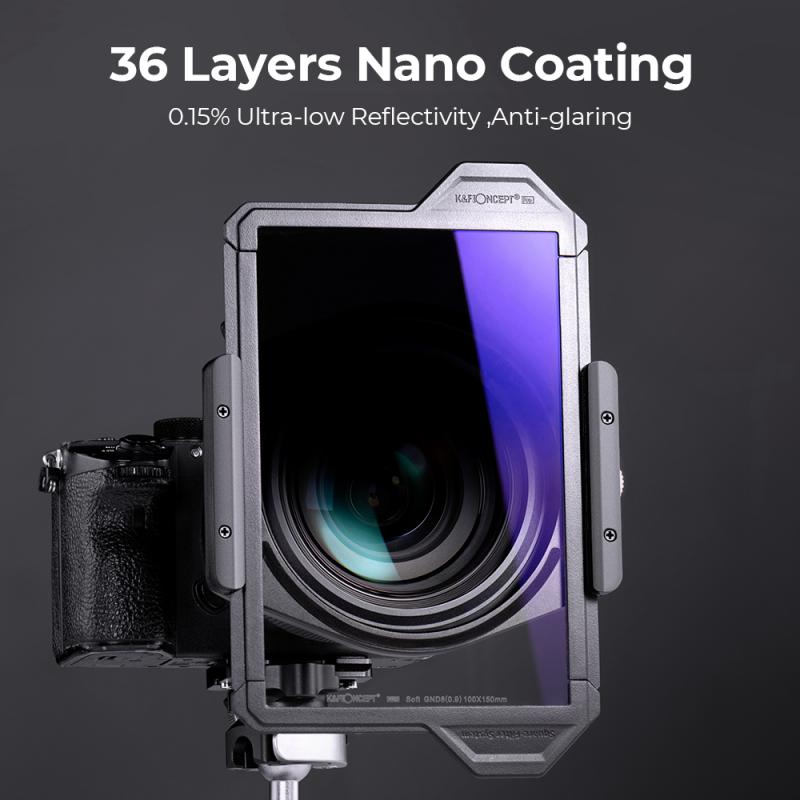




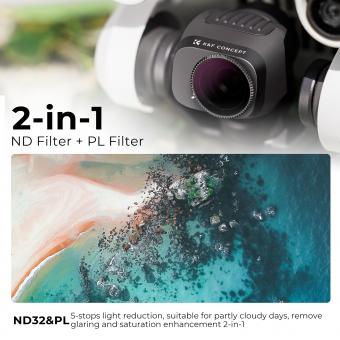
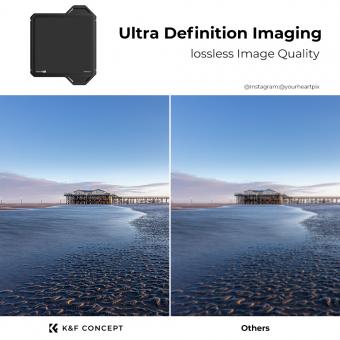
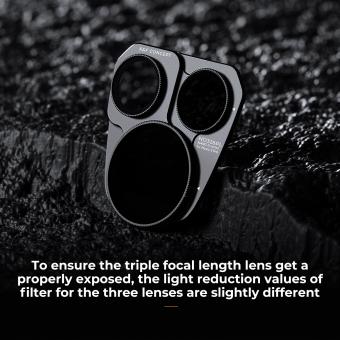


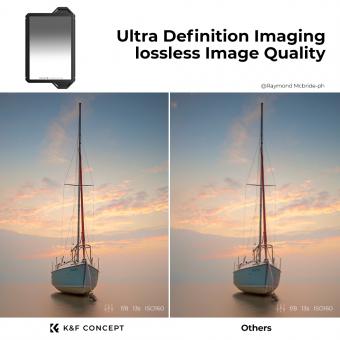

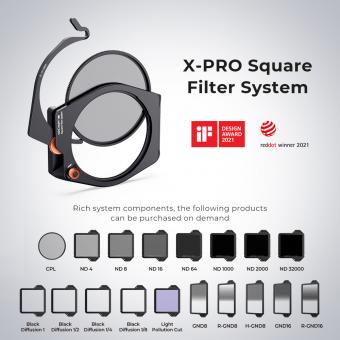
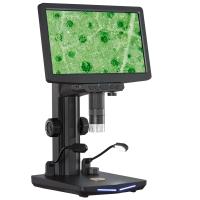









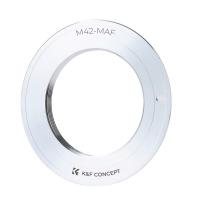

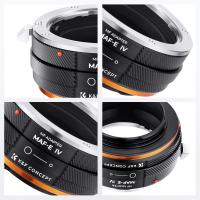
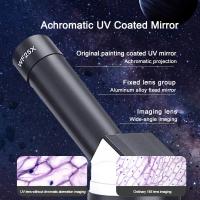



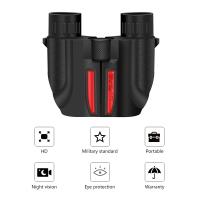

There are no comments for this blog.